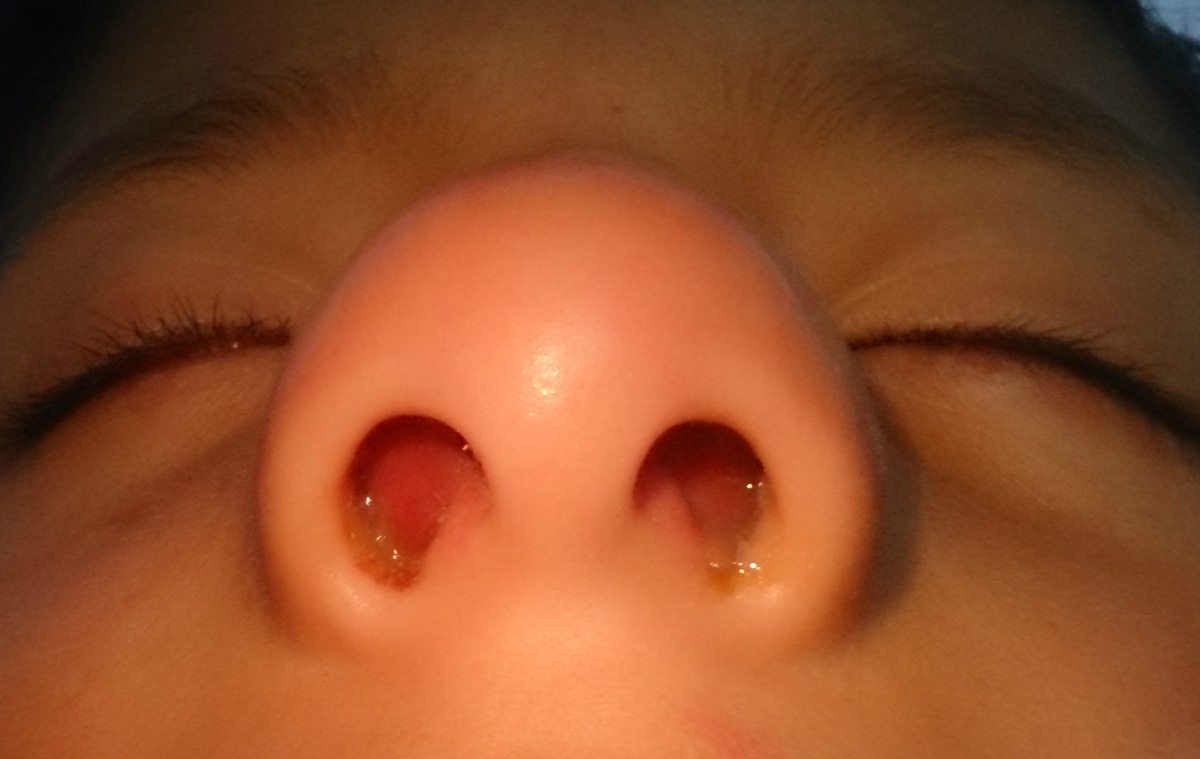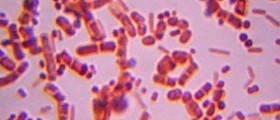Staph infections of the nose are caused by Staphylococcus aureus. It is a bacterial strain that is commonly found in the skin and in nasal passages of people, even though they are completely healthy. The bacteria are grouped in clusters, much like grapes, and they do not require oxygen to survive.
This bacteria can dwell there without causing any problems. However, in case there is a cut or an opening in the skin or in the mucous membrane, the bacteria can enter the system, multiply rapidly and cause health problems.
Symptoms of Staph Infections in the Nose
The most common manifestation of a staph infection of the nose is the formation of small, itchy and painful cuts and sores in the nose.
Other symptoms of such infection include furuncles and carbuncles, which are basically small or large boils. They are caused by staphylococci which grow underneath the skin. First, they form bumps under the nose skin, which are reddish in color. They continue to grow and eventually fill with puss. The boils finally burst and the pus oozes out.
Furuncles are smaller boils which heal in a week or two, while carbuncles for clusters take more time to heal and may cause complications, such as secondary infections.
Another staph infection that involves the nose and mouth area is impetigo. Impetigo is commonly observed in young children, and it is less common in adults. The main symptom of impetigo is dried serum that forms honey-colored scabs. These scabs are in fact thinly veiled pustules that eventually burst and the pus drains out.
Staph infections of the nose are contagious. They can be spread from one person to another by using common items, such as tissues, handkerchiefs and towels, or by touching the nose and then touching other objects, which become the medium for the infection.
Similarly, students who have continuous hospital exposure during their internship may represent an important source for transmitting S. aureus within the hospital environments. Crucially, high rates of colonization by methicillin-resistant S. aureus (MRSA) have been reported among healthcare workers, and increasing rates of MRSA colonization among students with continuous hospital exposure have also been reported. Besides their role in S. aureus transmission in hospital settings, healthcare workers and students may also serve as the vector for cross-transmission of MRSA between the community and hospital populations.
- S. aureus nasal carriage was significantly higher in males and students.
- S. aureus isolated from healthcare workers and students exhibits different antimicrobial susceptibility patterns.
- MSSA isolates exhibit higher virulence potential than MRSA isolates.
- MRSA isolates harboring different SCCmec and REP-PCR types are grouped into four main clusters.
Treatment for Staph Infections of the Nose
The treatment for infections of the nose caused by Staphylococcus aureus depends on the extent and the severity of the infection. Minor cuts in the nose can be treated with Vaseline, applied two or three times a day using a cotton swab, not the fingers.
The standard treatment for staph infections of the nose are antibiotic ointments. Severe cases require prescription-strength ointments, while moderate or mild ones can be treated with over-the-counter topical antibiotics.
Bacitracin, mupirocin or a combination of topical ointments is usually recommended by the doctors. Bacitracin can be purchased without a prescription and it should be applied for at least a month.
In case doctors suspect that the bacteria are resistant to these medications, they may prescribe vancomycin.


















Your thoughts on this
Loading...